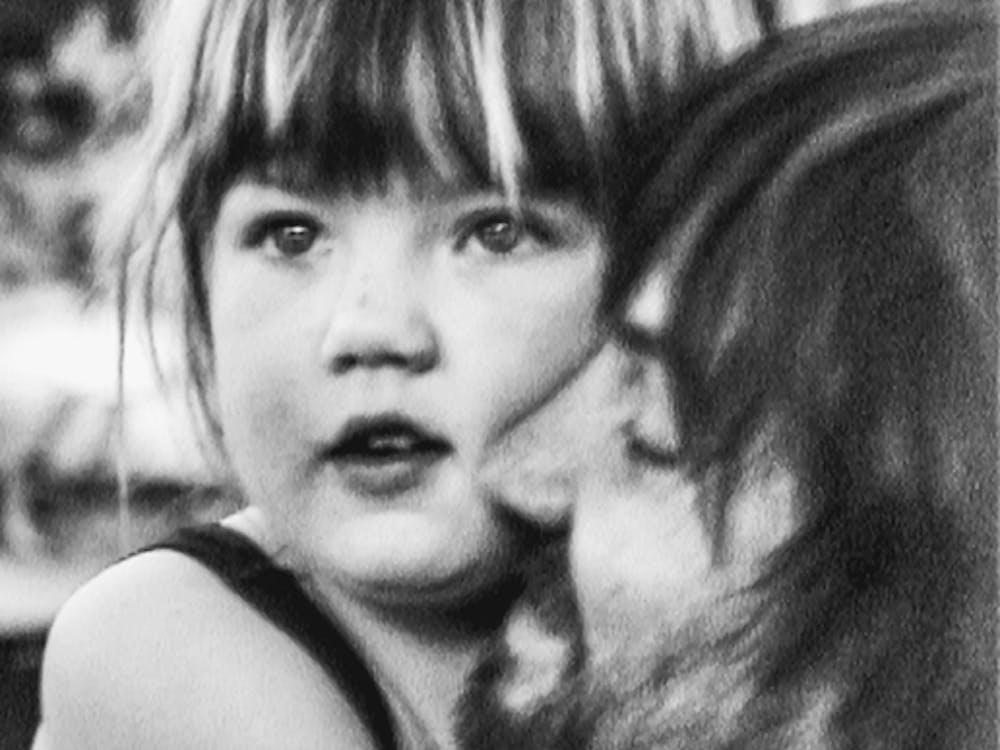By Graham Taylor
Monster movie marathons, copious amounts of candy, and general celebration of spooky; yes, autumn is here, and gamers are getting excited.
During these fall months, waves of new games will be hitting store shelves in preparation for the coming holidays. Horror games, however, will especially take the spotlight with Halloween right around the corner, and though the market for them has been saturated the past few years, gamers are hoping that this generation will breathe some fresh air into the genre.
Horror games are almost as old as gaming itself, but became significantly more mainstream when Resident Evil was first released in 1996. It took the world and genre by storm, even successfully spawning the survival horror sub-genre.
The game presented players with a lack of items, emphasized exploration and puzzle-solving and deemphasized combat, lead players to be filled with a sense of dread. Developers began to use these gameplay elements as models for future horror games, trying to recreate this feeling of hopelessness.
But when first-person shooters started gaining mainstream popularity in the early 2000s, many horror games started changing. Series like Alone in the Dark, F.E.A.R., and even Resident Evil became less focused on the survival elements and the frightening elements. Instead they became generic shooters set in creepy locations, as is the case with the 2008 installment of Alone in the Dark, F.E.A.R. 3, and Resident Evil 6, especially Chris’s story. This lead to interest in the genre dwindling.
Because of this, many gamers turned to the indie scene, and what they found was plethora of exceptional games to satisfy their need for scream. Games like Amnesia: The Dark Descent and Slender: The Eight Pagescompletely removed all combat, instead of focusing on action. This left players almost completely helpless to the terrors that lurked within the game.
Small time developers were now the place to go to get a unique, alarming experience. Even today, indie games are relevant to the horror genre, with games like Outlast, Five Nights at Freddy’s, and Neverending Nightmares.
But as we inch closer to celebrating the one-year anniversary of this console generation, what can we expect from the future of these games? Where hardware is concerned, devices like the Oculus Rift and Project Morpheus will literally throw the terror in your face, especially seeing as both already have support for some horror games.
Nevermind is a game that is also looking to reinvent horror, with game specific hardware. The game will use both the Rift and heart rate monitors, along with other sensors, to track the player’s mental state and real-life fear intensity. It will then tailor the levels depending on how the player reacts, creating a one-of-a-kind experience. If this takes off, it could redefine what the horror genre is, and even if it turns out just to be a gimmick, it could inspire others to create the perfect, personal horror game.
Where games are concerned, we have a few releases coming up that could set the tone for prospective horror games. Alien: Isolation just hit store shelves, and has been well received, especially compared to last year’s Aliens: Colonial Marines. While Colonial Marines fell into the generic, buggy, shooter model (with jump-scares), Isolation took the limited-combat, exploration-heavy approach. Case in point, fending off the alien is still possible, just usually a bad idea.
The Evil Within also released this month, and while it was still a combat-heavy game, it seems to be taking the Resident Evil 4 route in terms of handling its action and horror. This makes sense, seeing as Shinji Mikami, the father of the genre and one of the key people involved in the Resident Evil series, is leading the project with his new studio, Tango Gameworks.
We can look forward to a new Silent Hill installment, named Silent Hills. It was announced during the Tokyo Game Show via a downloadable “playable teaser” called P.T., for the PS4. While P.T. didn’t give much representation of the gameplay, or any guaranteed connection to the story of Silent Hills, it did give us some insight as to what we could expect horror-wise. Despite limited player input, the teaser managed to create a surprising amount of tension and genuinely bloodcurdling moments.
Each play through is unique; Doing certain actions triggers certain events, making each scare unpredictable and new. Some of the necessary steps needed to complete the teaser can even be considered convoluted, such as having to plug in a microphone or taking a certain number of steps. Whether this will be reflected in the full game is unknown, but being directed by Hideo Kojima, the mastermind behind the Metal Gear Solid series, anything is possible. Guillermo del Toro, director of Pan’s Labyrinth, will also be lending a hand in producing the game, and with these two behind the wheel, it’s clear that this won’t be your average horror game.
It is impossible to know for sure what will come next for the genre, but the above games all point to a shift from the influx of “shooters with horror elements” we’ve seen in recent years. The Amnesia-esque, zero-fighting style of gameplay has begun to rise since the game’s release, and developers have been taking note. They seem to be gearing back towards the survival elements, and the fear that comes with desperation, and this has many gamers excited.
The future of survival horror is looking bright (or dark, more accurately). Between new IPs, fresh minds supporting old ones, and a whole new generation of hardware to work with, the genre may just experience another renaissance.
Graphic by Meghan Duffy
Images: Digital Spy, Video Gamer, PC Games























